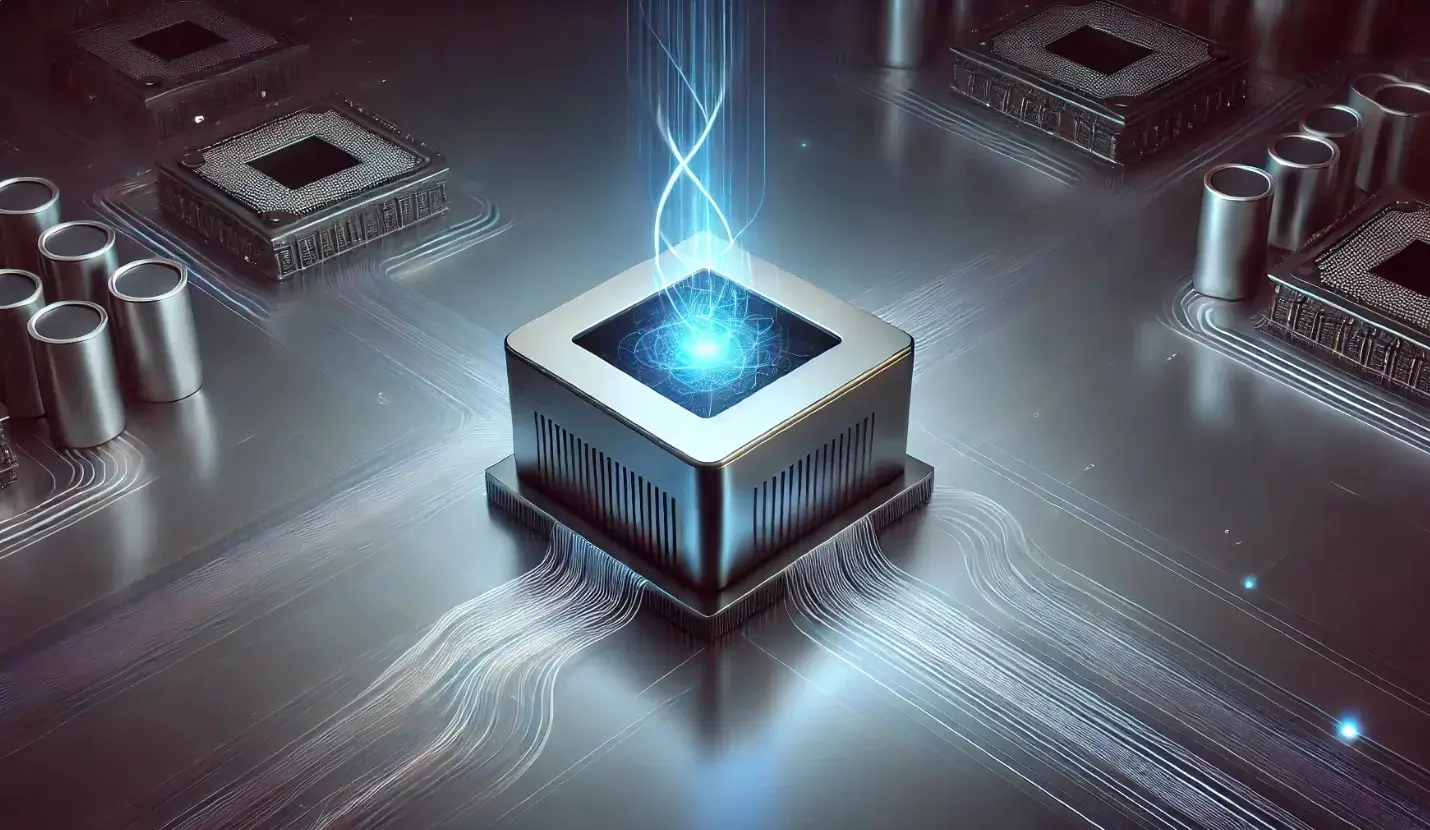IBM has recently unveiled two advanced quantum processors, marking a significant leap towards achieving quantum advantage and fault-tolerant quantum computing. The announcement, made at the annual Quantum Developer Conference in November 2025, highlights IBM's commitment to pushing the boundaries of quantum technology.
The first processor, named IBM Quantum Nighthawk, is a 120-qubit chip designed to execute quantum calculations with 30% more complexity than its predecessor, R2 Heron. This enhanced complexity allows for deeper quantum circuits, which are crucial for tackling real-world problems in various fields like materials science and drug discovery. Nighthawk uses a dense square lattice design, where each qubit connects to four neighbors via tunable couplers, totaling 218 coupler pairs. This configuration marks a 20% increase in inter-qubit connections compared to the Heron chip, reducing the number of swap gates needed for complex operations. IBM anticipates future Nighthawk iterations to deliver up to 7,500 gates by the end of 2026 and 10,000 gates in 2027. By 2028, Nighthawk-based systems could support up to 15,000 two-qubit gates enabled by 1,000 or more connected qubits extended through long-range couplers.
The second processor, IBM Loon, features 112 qubits and incorporates all the elements required for full fault tolerance—quantum computers that can self-detect and correct errors in real time. IBM is targeting full quantum fault tolerance by 2029 with its new large-scale Starling quantum computer, powered by the Loon chip. Industry experts note that Nighthawk's architecture incorporates advanced superconducting qubits, improving coherence times and gate fidelities.
Alongside the new processors, IBM introduced Qiskit 1.3, a software update that optimizes quantum circuits for better performance. The company also reported progress in fabricating quantum processors on a 300mm wafer, halving the time needed to build each processor while improving yield. New Qiskit capabilities show a 24 percent increase in accuracy with dynamic circuits and decreased cost of extracting accurate results by over 100 times with HPC-powered error mitigation.
IBM's advancements extend beyond hardware and software. The company is actively forming partnerships across various sectors to explore practical quantum applications. For instance, IBM is collaborating with HSBC to develop a machine learning model for trades, which has shown a 34% increase in successful trades in tests. These collaborations aim to shorten development timelines in drug discovery and simulate market scenarios with unprecedented accuracy in finance.
IBM's roadmap targets quantum advantage by the end of 2026, where quantum systems outperform classical ones in practical applications. The company cites progress in utility-scale demonstrations, such as simulating complex molecular interactions faster than supercomputers. IBM's advancements, including the Nighthawk processor and enhanced software, pave the way for fault-tolerant computing by 2029, promising quantum advantage in fields like drug discovery and finance.















